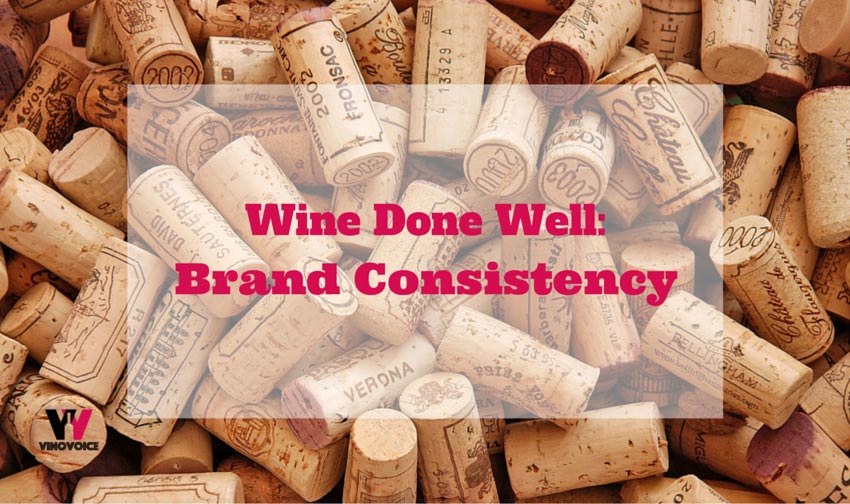Wine Done Well: Brand Consistency

Let's be honest: wine is a romantic product. The average consumer is more open to being emotionally invested in a wine company than they are in, say, a carpenter's. So why aren't more wine companies using their romantic natures to woo customers effectively?
The answer is a lack of insight into brand consistency.
What is brand consistency?
With so much popular interest in wine, the marketing channels available to small and medium-sized winemakers are more open than to other companies. The old stand-bys of PR – such as newspaper features – are opportunities just as viable as 'new traditional' marketing channels like digital advertising, SEO and social media. In other words, if you're a small or medium-sized wine company, you've got a lot going for you, marketing-wise.
But what do you do with these opportunities? Take advantage of them, obviously. For most companies this means developing new campaigns as each opportunity comes along. There might be some consistency within the digital marketing sphere, and there might be some adherence to design when it comes to advertising, but for most companies that's as far as it goes.
If you're only going this far, the result is a bit of a hodge podge. Sure, it's clear that it's your wine that's being sold, but that would have been clear just from the bottle. Your wine brand doesn't stir a set of emotions, it doesn't have personality: it lacks consistency.
Take your brand a step further and make sure that your marketing and advertising tells a story....not just any story, an enchanting, never ending journey.
Why brand consistency is important?
Consider what your wine brand looks like from a customer's perspective. If you've got seven different people handling different aspects of your PR and marketing, your wine brand is going to look like a corporate effort.
Corporate effort. Doesn't exactly ring with the romanticism of wine, does it?
Take an example from a related industry: Jamie Oliver. His brand extends well beyond his personal efforts, encompassing youth training and a number of restaurants and products. Yet, when you see the words 'Jamie Oliver', you immediately see that smile and hear that distinctive accent (like it or not). This is an excellent example of brand consistency.
Give your wine a voice (#VinoVoice)
People relate brand image to 'image', but really the key is language. Design is easy to replicate. Tone and voice in writing are not. The thing you should aim for if you want your brand to be consistent is to make every piece of communication to sound like the same person wrote it. More important: it should sound like the personality of your wine range wrote it.
What this means practically:
*blog
*press releases
*bottle blurbs
*social media
-everything written from your company should all sound like the one person, with similar adjective choices, sentence composition, and tone.
BONUS ROUND: The on-flow of a VinoVoice
The good news is that your efforts in maintaining your brand's image will have effects reaching beyond your marketing campaign. One of the great things about language is that people tend to echo it when talking about the same subject. This means that if your brand is consistent, you're likely to find your customers talking about your brand in the same language you do. Even better, stockists and reviewers are quite likely to use the same language as well.
If you need help perfecting your VinoVoice you can contact us.

